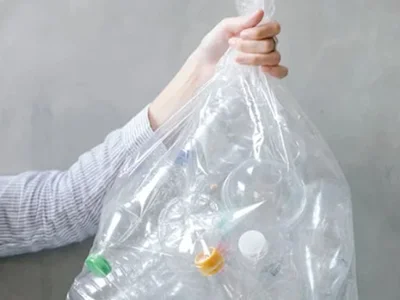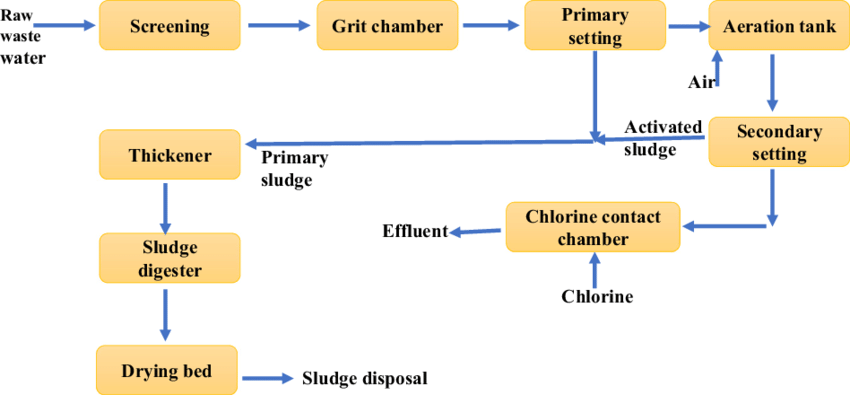More About Reclaim Waste
More About Reclaim Waste
Blog Article
The Main Principles Of Reclaim Waste
Table of ContentsSome Known Facts About Reclaim Waste.Reclaim Waste Fundamentals ExplainedReclaim Waste for BeginnersThe smart Trick of Reclaim Waste That Nobody is Talking AboutThe Ultimate Guide To Reclaim Waste
Domestic sewage waste refers to the waste and items from a domestic septic container. The correct administration and disposal of domestic sewage waste need liquid waste to be transferred to a sewer treatment plant where the proper techniques and tools are applied to purify and dispose of waste.
Commercial waste typically includes prospective hazards, such as combustible materials or a blend of liquid and strong waste products, and needs an advanced and thorough disposal procedure. The disposal of commercial waste typically involves the filtration of waste prior to transport to ensure safe and appropriate disposal. Industrial waste is created from byproducts and overflow of commercial processes and manufacturing.
This kind of waste can not use the very same sewer monitoring transport or processes as septic or industrial fluids. The hazardous waste management process requires the inspection and screening of fluid waste before it undergoes the disposal process (liquid waste removal). Drainage waste is the fluid waste that comes from drainage and excess stormwater in extremely populated areas or cities
Overflow waste can trigger contamination and flooding otherwise handled appropriately. Learn much more concerning sewer cleaning and waste administration. Ensuring correct waste monitoring can prevent catastrophes and lower ecological harm. Both people in property settings and specialists in commercial or production sectors can take advantage of recognizing the processes and laws of fluid waste monitoring.
What Does Reclaim Waste Mean?
Get in touch with PROS Services today to learn more about our waste monitoring and disposal services and the proper means to take care of the fluid waste you produce.
(https://writeablog.net/reclaimwaste1/reclaiming-resources-a-comprehensive-guide-to-industrial-wastewater-treatment)Do you know what happens to your water when you pull the plug, flush the toilet or drain pipes the washing equipment? No? Well, it's worth recognizing. This so-called 'wastewater' is not just a vital source however, after therapy, will be launched to our land, rivers or the sea. Utilized water from commodes, showers, baths, kitchen area sinks, washings and industrial processes is referred to as wastewater.

water used to cool machinery or tidy plant and tools). Stormwater, a kind of wastewater, is drainage that streams from agricultural and urban areas such as roofs, parks, gardens, roadways, courses and gutters into stormwater drains, after rain. Stormwater streams unattended directly to regional creeks or rivers, eventually getting to the sea.
The Ultimate Guide To Reclaim Waste
In Queensland, a lot of wastewater is treated at sewer therapy plants. Wastewater is moved from residential or commercial sites via a system of drains and pump terminals, recognized as sewage reticulation, to a sewer therapy plant. Neighborhood governments develop, preserve and run most sewage therapy plants. Operators are licensed under the Environmental Management Act 1994 to discharge treated wastewater at an acceptable environmental requirement into rivers.
The Department of Natural Resources advises city governments regarding managing, operating and keeping sewerage systems and therapy plants. In unsewered locations, regional federal governments might require householders to mount individual or house sewer treatment systems to treat domestic wastewater from bathrooms, kitchen areas, washrooms and laundries. The Division of Natural Resources authorises making use of home systems when they are confirmed to be reliable.
In some brand-new neighborhoods, treatment of some stormwater to remove trash, sand and crushed rock has begun making use of gross contaminant catches. Wastewater treatment takes place in four phases: Gets rid of solid issue.
Wastewater after that flows into big storage tanks where solids clear up and their explanation are eliminated as sludge. Grease and residue are skimmed from the surface area. Makes use of small living microorganisms understands as micro-organisms to damage down and get rid of staying dissolved wastes and fine bits. Micro-organisms and wastes are integrated in the sludge. Gets rid of nitrogen and phosphorus nutrients that could create algal blooms in our waterways and endanger aquatic life.
Indicators on Reclaim Waste You Need To Know
Nutrient removal is not offered at all sewer therapy plants due to the fact that it needs expensive specialized tools. Clear liquid effluent created after therapy might still consist of disease-causing micro-organisms - liquid waste removal melbourne.

Many wastewater flows right into the sewage system. Under the Act, local governments administer authorizations and permits for eco appropriate tasks (ERAs) entailing wastewater launches that may have a local impact.
How Reclaim Waste can Save You Time, Stress, and Money.
Monitoring supplies valid info concerning water top quality and can verify that licence conditions are being fulfilled. The information acquired through surveillance gives the basis for making water top quality decisions.
Report this page